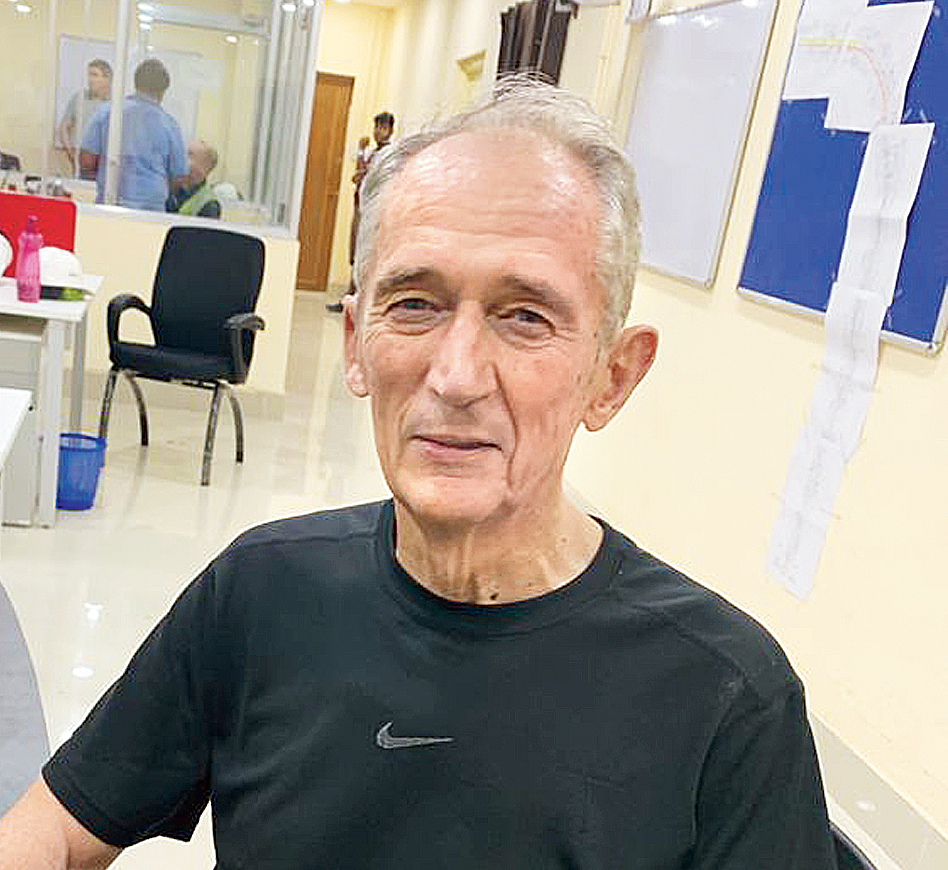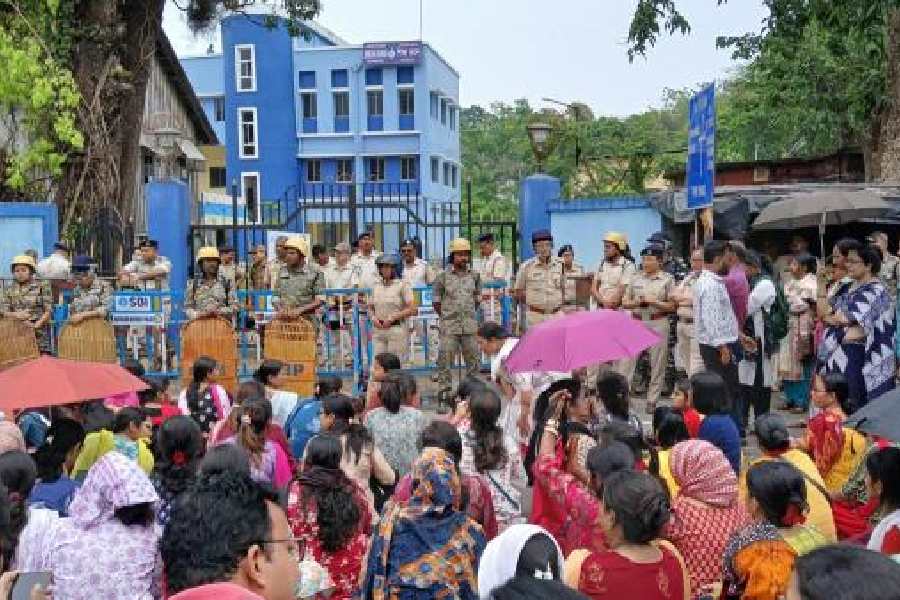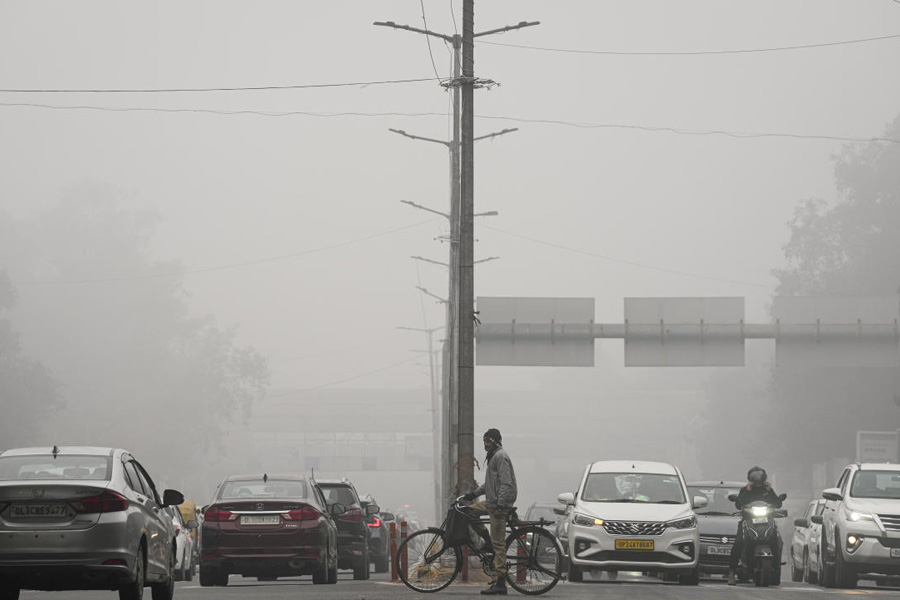East-West Metro on Wednesday flew in a British engineer who has worked at over 100 underground railway stations to supervise troubleshooting in Bowbazar, where water seepage into a Metro tunnel has caused large-scale damage to houses and evacuation of hundreds of people.
Cambridge-educated John Endicott, now based in Hong Kong, has been involved in boring tunnels since 1975, having worked in Hong Kong, Taiwan, Singapore, Thailand, Indonesia and also in Mumbai and Delhi.
He is among a number of international experts brought in by the Kolkata Metro Rail Corporation (KMRC), the implementing agency of East-West Metro, after the machine boring the tunnel through which Howrah Maidan-bound trains will run hit a sand acquifer under Bowbazar.
Endicott spoke to Metro on the possible engineering solutions to the problem and how to revive construction of the tunnel between Esplanade and Sealdah, which the Metro authorities have suspended for an indefinite period.
Excerpts of what he said
Stop leakage
The seepage of water into the tunnel (continuing unabated since the boring machine hit the sand acquifer on Saturday afternoon) needs to be arrested first. The ground water that is entering the tunnel brings in fine soil with it.
That in turn is triggering subsidence of soil above, causing buildings to tilt. The land subsidence is over 200cm, enough to cause serious damage.
The conditions will be safe again once the continuous flow of water and soil into the tunnel is stopped. Unless the water seepage is stopped, subsidence will continue and more and more buildings will be at risk.
Since there is risk of collapse, it is unsafe to enter the affected buildings and assess the damage and take measures.
A wall is being erected in the tunnel to contain the water and keep the rest of the tunnel dry. Grouting will finally stop the seepage. (Grout is a mixture of water, cement and sand, which is used to fill void created during subsidence.) But this process will take time and the KMRC is doing the job.
Building survey
Once the subsidence is arrested, engineers need to undertake a through assessment of the condition of the buildings.
The ones that are beyond repair and have tilted need to be demolished. The condition of the others needs to be assessed thoroughly before repairs are taken up.
Tackling the ground
I don’t think underground cavities have formed around the tunnel. Because as the water and soil leak into the tunnel, the soil above is subsiding. I think the rubble of the fallen buildings can be used to top up the subsidence at several places.
The ground will become even again and buildings can be constructed. However, a through soil sample test should be done before construction starts.
Revive tunnel boring
The tunnel is now 1.2km long. Only the front end is blocked but the condition of the rest is fine. Our focus is on safety but we also have to keep in mind that work on the project should resume.
Another tunnel-boring machine can be taken down through the other end (Sealdah station-end). It will take some time for the machine to reach the affected portion. By then, hopefully, the crisis will be over. This way we can ensure minimum delay.










